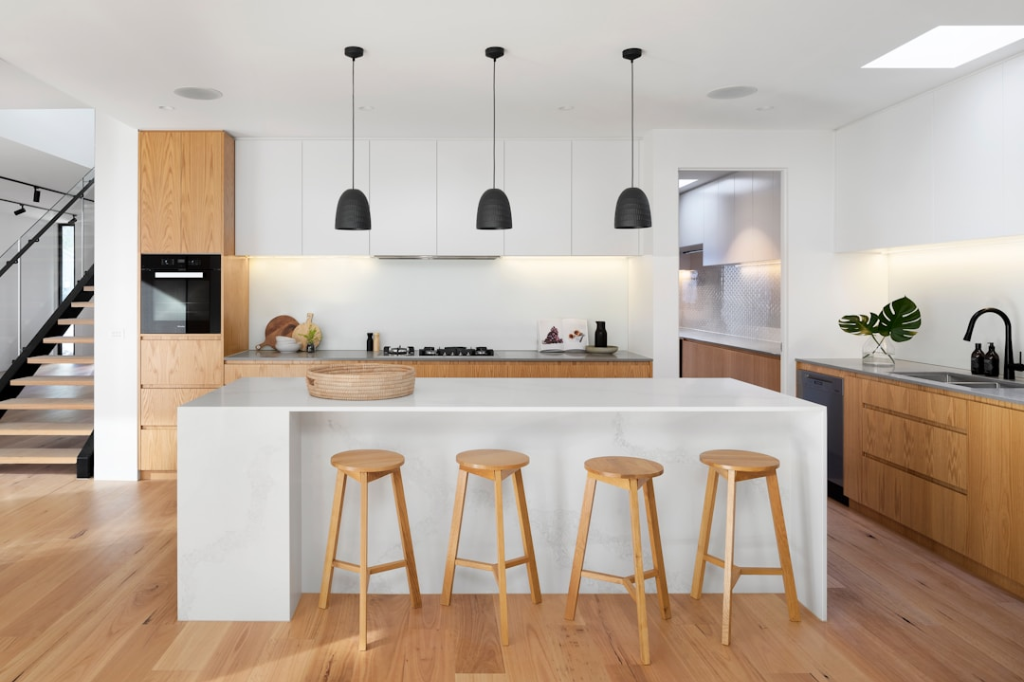With credit card debt on the rise across the US, it’s essential to distinguish between mortgage interest rates and blended house rates. Understanding this difference can open up a world of opportunities for real estate investors, homebuyers, and financial analysts. Particularly, brokers who grasp this concept can find unique opportunities for borrowers needing a cash-out refinance to make payments on debt from credit cards or car loans.
What Are Blended House Rates?
Blended house rates refer to the combination of different interest rates from multiple loans or mortgages on a single property. This rate provides a more comprehensive view of the overall cost of borrowing, as opposed to just looking at the primary mortgage rate. By calculating the blended rate, investors and homebuyers can better gauge the total financial impact of their loans.
Why Blended House Rates Are Important
1. Comprehensive Financial Picture
Blended house rates offer a more complete financial overview. Instead of focusing solely on the primary mortgage interest rate, factoring in secondary loans or refinanced mortgages provides a clearer picture of your actual financial obligations.
2. Better Investment Decisions
For real estate investors, knowing the blended house rate can influence investment decisions. It allows investors to compare the total borrowing costs of different properties, helping them choose the most financially viable options.
3. Refinancing Opportunities
Brokers who understand blended rates can identify refinancing opportunities that might not be apparent when only considering the primary mortgage rate. This can be especially beneficial for borrowers looking to manage other debts, like credit card or car loan payments.
4. Enhanced Cash Flow Management
Blended house rates can aid in cash flow management by providing a realistic view of monthly financial commitments. This can be especially useful for homebuyers and real estate investors who need to ensure they have enough liquidity to cover all their expenses.
Real-World Applications
Case Study 1: Real Estate Investors
Consider an investor with a property that has both a primary mortgage and a home equity line of credit (HELOC). By calculating the blended house rate, the investor can determine the total cost of borrowing and decide whether to refinance the HELOC into a lower-rate loan, thus reducing overall expenses.
Case Study 2: Homebuyers
For a homebuyer juggling a mortgage and a personal loan used for initial renovations, knowing the blended house rate can help in budgeting and planning for future financial commitments. This insight can also assist in negotiating better loan terms when refinancing.
Case Study 3: Financial Analysts
Financial analysts evaluating the viability of real estate investments can use blended house rates to offer more accurate financial advice. By understanding the total borrowing costs, analysts can provide better recommendations to their clients, ensuring sound investment strategies.
Blended house rates are an essential consideration for anyone involved in real estate finance. They offer a comprehensive view of borrowing costs, aid in better investment decisions, and highlight refinancing opportunities. Brokers, real estate investors, homebuyers, and financial analysts who understand these rates can leverage this knowledge to make more informed financial decisions.
Don’t miss out on the benefits of mastering blended house rates. Learn more and take control of your financial future today.






